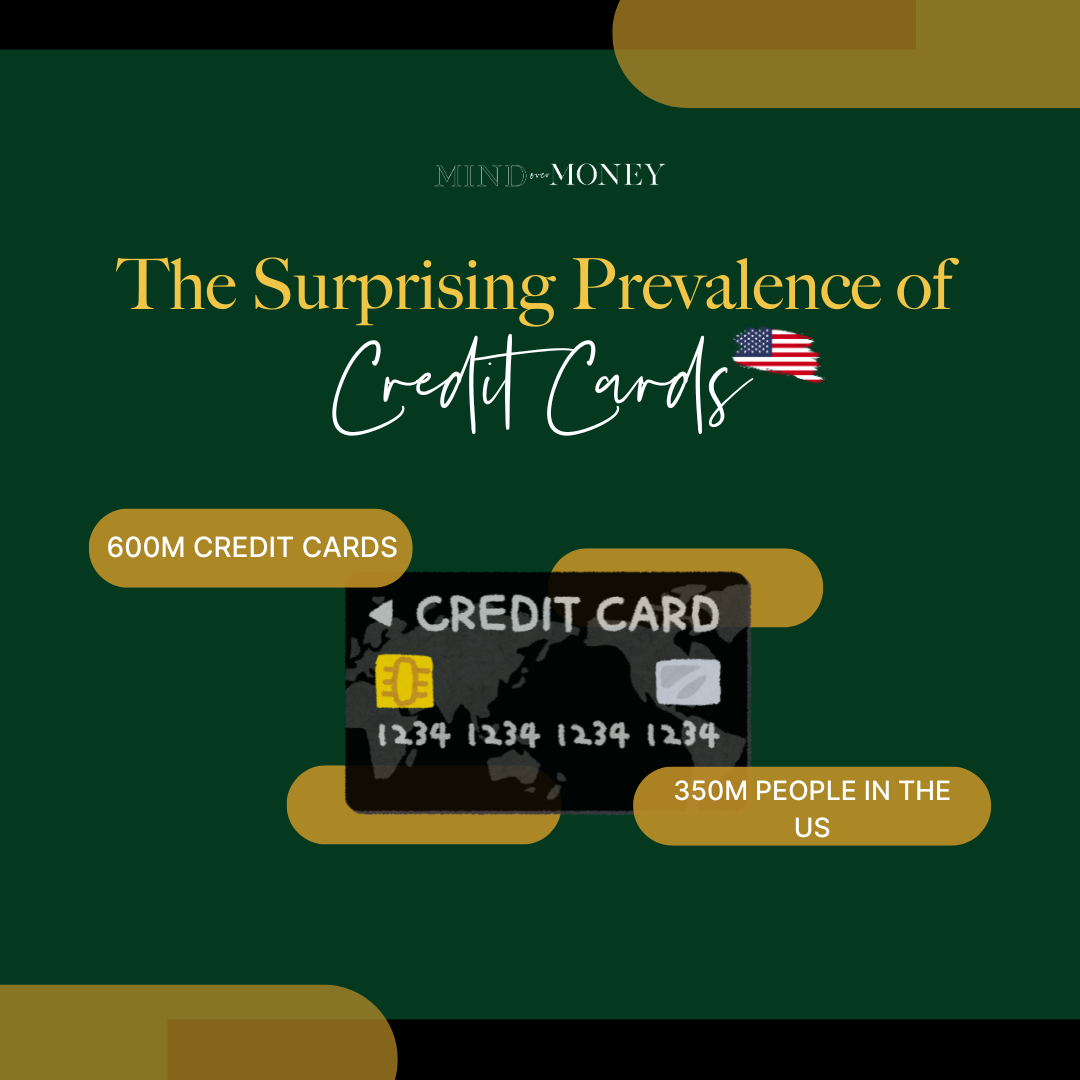
The Surprising Prevalence of Credit Cards in the U.S.
Credit cards are a staple in the American financial landscape, but their sheer prevalence might surprise you. Did you know that there are more credit card accounts than there are people in the United States? As of the fourth quarter of last year, there were nearly 600 million credit card accounts in the U.S., compared to a population of roughly 350 million. What’s even more intriguing is that 30% of Americans don’t use credit cards at all. So how do the numbers add up? Let’s dive into this fascinating topic to uncover the surprising trends behind America’s relationship with credit cards.
The Numbers Behind Credit Card Usage
According to recent data, the numbers tell a compelling story:
600 Million Credit Card Accounts: This staggering figure far exceeds the total U.S. population.
350 Million Americans: While there are millions of individuals, not everyone uses credit cards.
30% Don’t Use Credit Cards: Nearly one-third of Americans choose not to engage with credit cards at all.
For the remaining 70% who do use credit cards, the average person holds three to four cards. This explains why there are so many more accounts than people—active users typically maintain multiple credit cards.
Why Do Americans Have So Many Credit Cards?
The prevalence of multiple credit cards among Americans can be attributed to several factors:
Reward Programs: Credit card companies incentivize users with cashback, points, and travel perks, encouraging people to open multiple accounts for different rewards.
Credit Score Optimization: Some individuals maintain several cards to improve their credit utilization ratio, a key factor in credit scores.
Specialized Use: Many people use different cards for specific purposes, such as business expenses, travel, or everyday purchases.
Promotional Offers: Introductory 0% APR offers and signup bonuses tempt users to open new accounts frequently.
The Benefits and Risks of Multiple Credit Cards
While having multiple credit cards can be beneficial, it’s not without risks. Here’s a closer look:
Benefits:
Improved Credit Score: When managed responsibly, having several cards can help spread out credit utilization, which positively impacts your credit score.
Diverse Rewards: Multiple cards let you maximize rewards for different spending categories.
Flexibility: More accounts mean access to higher credit limits and greater financial flexibility in emergencies.
Risks:
Overspending: Multiple cards can lead to higher spending, especially if rewards create a “spend more, earn more” mentality.
Debt Accumulation: Mismanagement can lead to significant debt, especially if you carry balances on multiple cards.
Account Management: Keeping track of due dates and balances on several cards can be overwhelming, increasing the risk of late payments.
The Decline of Non-Credit Card Users
The fact that 30% of Americans don’t use credit cards is also noteworthy. This group may prefer:
Cash or Debit Cards: Some people prefer to spend only what they have to avoid debt.
Alternative Financing Options: Others rely on personal loans or “buy now, pay later” services.
Cultural or Personal Beliefs: For some, avoiding credit cards aligns with their financial philosophy or distrust of credit systems.
However, as digital payments continue to dominate, it will be interesting to see if this percentage shrinks over time.
Takeaway: Credit Cards Are Here to Stay

The sheer number of credit cards in the U.S. highlights their deep entrenchment in modern financial habits. Whether you’re someone who maximizes rewards across multiple cards or avoids them altogether, it’s clear that credit cards are more than just payment tools—they’re a reflection of broader financial trends and behaviors.
Related Video: Youtube Shorts
